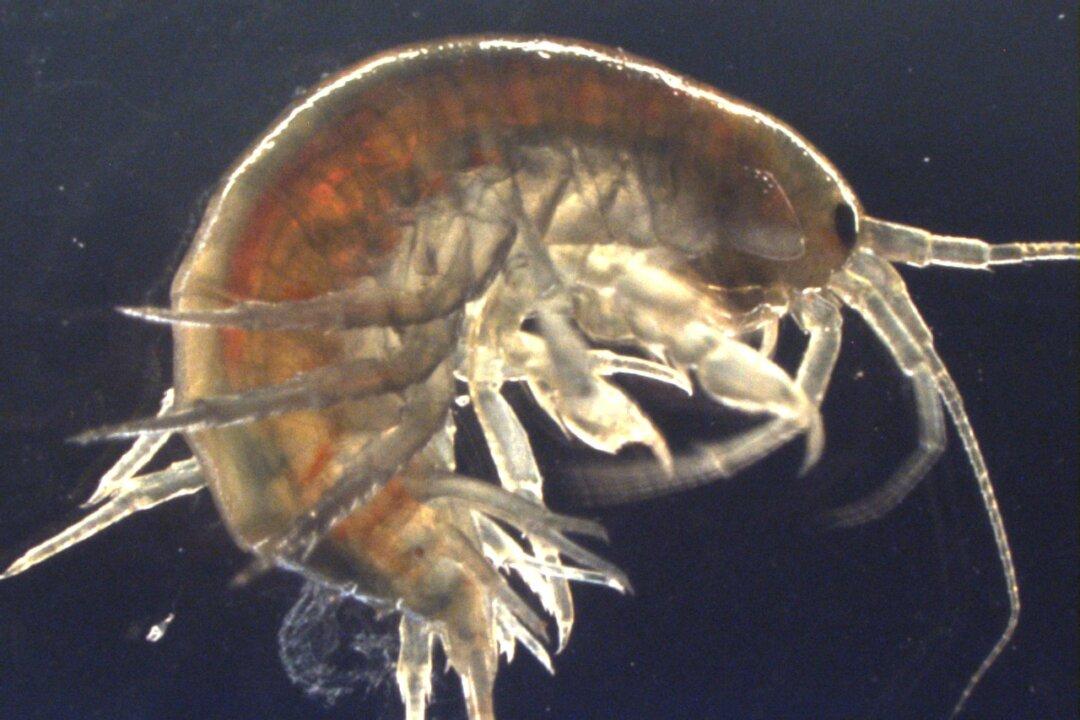Scientists have found a wide range of chemicals, including pesticides and illicit drugs such as cocaine, in freshwater shrimp across the county of Suffolk, a rural area in eastern England. They were surprised to find cocaine in all the samples they tested. They said the party drug ketamine was also widespread.
Their study was published May 1 in the journal “Environment International.” Scientists said they had collected shrimp (Gammarus pulex) samples from five catchment areas and 15 different sites across Suffolk.




